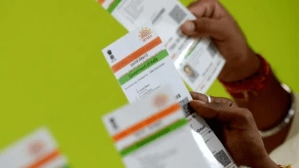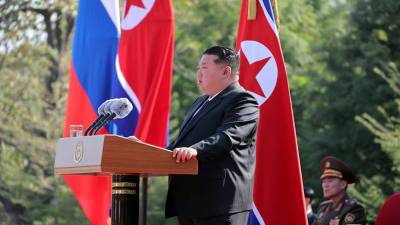In a bid to strengthen India’s air defence system against projectile threats, the Defence Research and Development Organisation (DRDO) is actively developing three distinct variants of the cutting-edge ‘Kusha’ air defence system. These indigenously designed air defence systems boast over 90 per cent local content and are slated for a potential induction into the armed forces by the year 2030.
The ambitious ‘Kusha’ project aims to provide a multi-layered defence shield against a spectrum of modern airborne threats, ranging from drones and loitering munitions to cruise missiles and advanced fighter aircraft. The DRDO is developing three variants that are tailored for different operational roles.
Kusha M1: The Short Range Air Defence System (SRADS)
The Kusha M1 variant is designed to replace the ageing L70 and ZU-23-2B anti-aircraft guns. It will primarily focus on protecting vital assets and is being developed with a keen eye on countering emerging threats like UAVs, drones and loitering munitions.
Kusha M2: The Medium Range Surface to Air Missiles (MRSAM)
The medium-range version is being developed to succeed the existing Pechora missile systems, offering an enhanced capability against a wider array of aerial targets.
Kusha M3: The Long Range Air Defence System (LRADS)
This variant will provide an expansive air defence coverage, complementing India’s existing high-value assets like the Russian-made S-400 Triumf, the indigenous Akash system and the jointly developed Barak 8 MRSAM. Sources told The Hindu Businessline that this version can intercept targets at up to 400 km.
Sources within the defence indicate that developmental trials for these systems are expected to commence within the next three to four years, paving the way for their formal induction by 2030. The Kusha M1 system is expected to undergo testing by September 2025 and could be inducted by the Armed Forces in 2028. The Kusha M2 will go in the testing phase next year, whereas the Kusha M3 LRADS is likely to enter the testing phase in 2027.








